Camellia Plant Problems: How To Fix Sooty Mold On Camellia


If you see black spots on your camellia plant leaves, you may have a fungal disease on your hands. Sooty mold is a common fungal issue that affects many types of plants. This fungus on camellia leaves smothers the stoma and diminishes the effectiveness of photosynthesis and transpiration. Unhealthy, dying leaves are the result. Learn about black sooty mold control and save the health and beauty of your camellia. Getting knowledge on how to fix sooty mold on camellia begins with learning the causes of this black leaf coating.
What Causes Camellia Sooty Mold?
A camellia with black leaves likely has an insect problem. It's not the insect's feeding that causes the phenomenon but its waste. Several types of fungus form on the surface of that waste and develop into sooty mold on camellias and many other ornamental plants. Unfortunately, the initial cause is often overlooked because the correlation between the insects and foliar damage is not connected. Who knew that insect secretions would be at the root of this unsightly foliar disease? A variety of insects, such as aphids, whiteflies and scale, feast on plant leaves and stems. As they feed, the expected occurs and the insect needs to void the waste. This substance is known as honeydew and attracts ants. Initially, it’s an almost clear, shiny, sticky substance coating the leaves. Several exploitive fungi, among them Atichia glomulerosa, use the honeydew as a food source. These fungal spores are spread through wind and water splash, as well as unsanitary plant maintenance practices.
Symptoms of Sooty Mold on Camellias
You might just notice the shiny leaves, tiny insects, and perhaps a colony of determined ants. As the fungus grows, however, it begins to darken into black powdery growth over the leaves and stems. It can be wiped off, but it hardens into a crust-like form that will flake off over time, often revealing healthy green tissue underneath. The fungus on camellia leaves usually doesn't cause severe harm to the plant, but it can interfere with photosynthesis and reduce plant vigor. In most cases, it is primarily an aesthetic problem. Camellia sooty mold can also take hold on fences and other items below plant leaves.
Black Sooty Mold Control
If possible, it is always best to attack a camellia with black leaves in a non-toxic fashion. You can simply wipe the leaves, but the initial problem of the insects must be addressed or the problem will return. Most horticultural soaps and oils will quell the insect population, such as neem oil. Once the insects are vanquished, make up a solution of a few drops of dish liquid mixed with water and spray on the leaves. Wait for a few minutes and then hose off the plant, removing most of the sooty mold. Further rain and time will remove the remainder of this unsightly fungus and the plant will recover its vitality.
Gardening tips, videos, info and more delivered right to your inbox!
Sign up for the Gardening Know How newsletter today and receive a free copy of our e-book "How to Grow Delicious Tomatoes".

Bonnie Grant is a professional landscaper with a Certification in Urban Gardening. She has been gardening and writing for 15 years. A former professional chef, she has a passion for edible landscaping.
-
 Terrifically Tubular Flowers For Hummingbirds: 9 Tube-Flowered Plants To Attract Hummers
Terrifically Tubular Flowers For Hummingbirds: 9 Tube-Flowered Plants To Attract HummersGrowing tubular flowers for hummingbirds helps you create the optimum feeding conditions for your winged friends. Here are nine tubed delights for hummers
By Tonya Barnett
-
 How To Grow Hydroponic Tomatoes For Fresh Indoor Harvests – No Soil Required
How To Grow Hydroponic Tomatoes For Fresh Indoor Harvests – No Soil RequiredLearning how to grow tomatoes in water is easy and allows you to harvest fresh-home-grown produce in every season without any mess.
By Ellen Wells
-
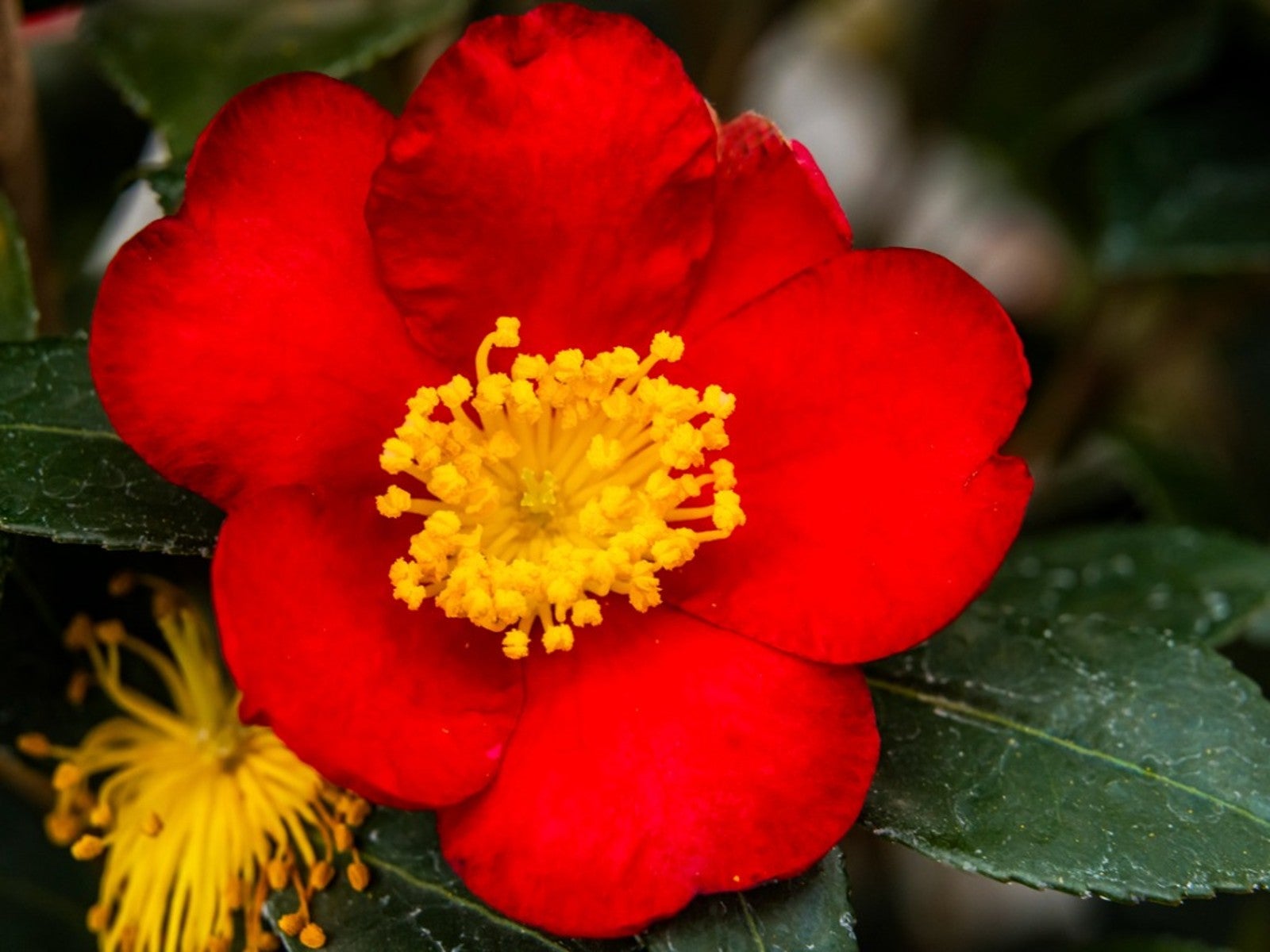 Yuletide Camellia: How To Grow And Care For Yuletide Camellias
Yuletide Camellia: How To Grow And Care For Yuletide CamelliasLearning more about the Yuletide camellia's care can help you decide whether or not this shrub is a good choice for your home landscape.
By Tonya Barnett
-
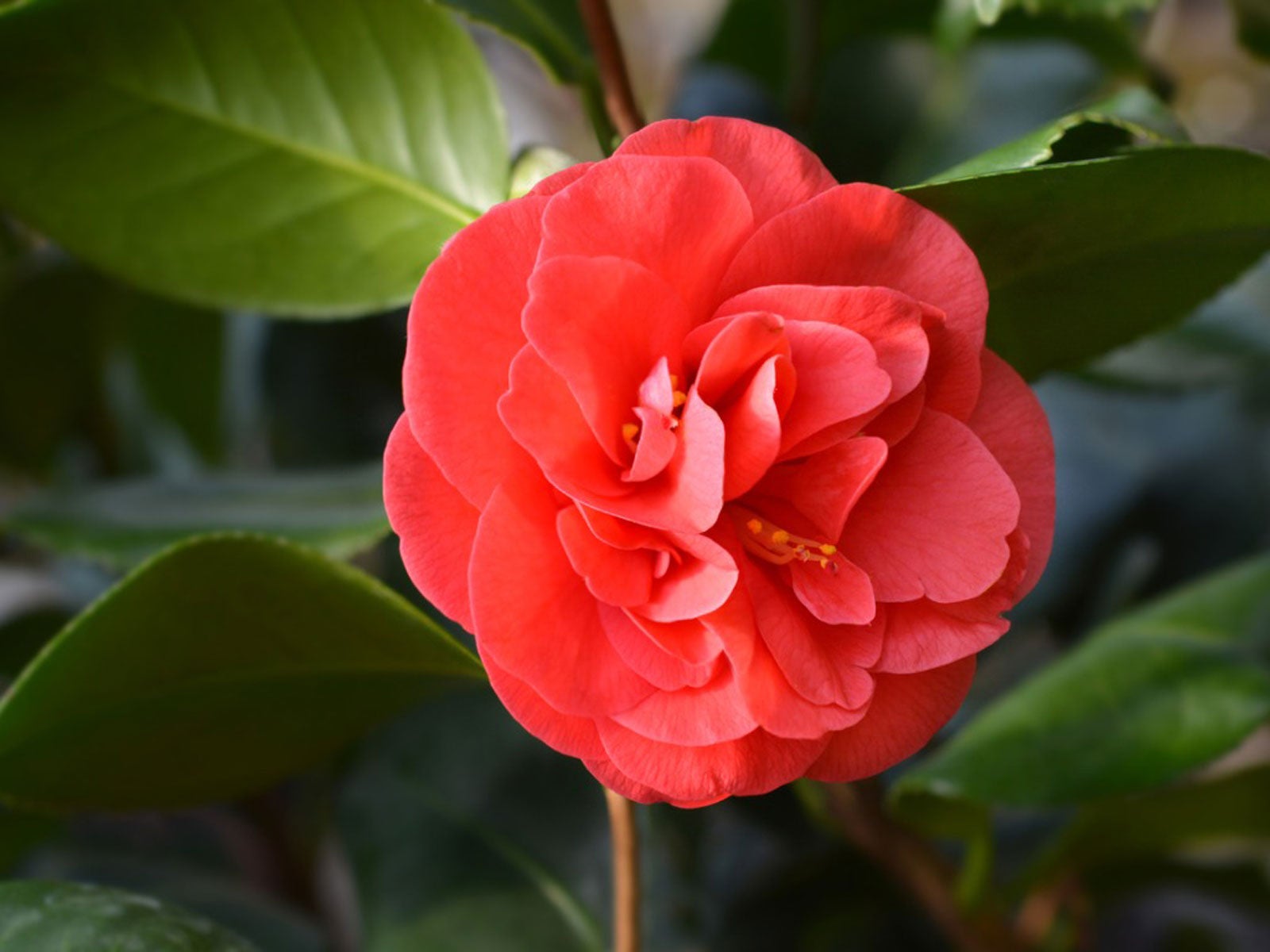 Indoor Camellia Care – How To Grow A Camellia Houseplant
Indoor Camellia Care – How To Grow A Camellia HouseplantCamellias are normally grown outdoors, but you can grow camellias indoors if you give them proper conditions. Learn more here.
By Raffaele Di Lallo
-
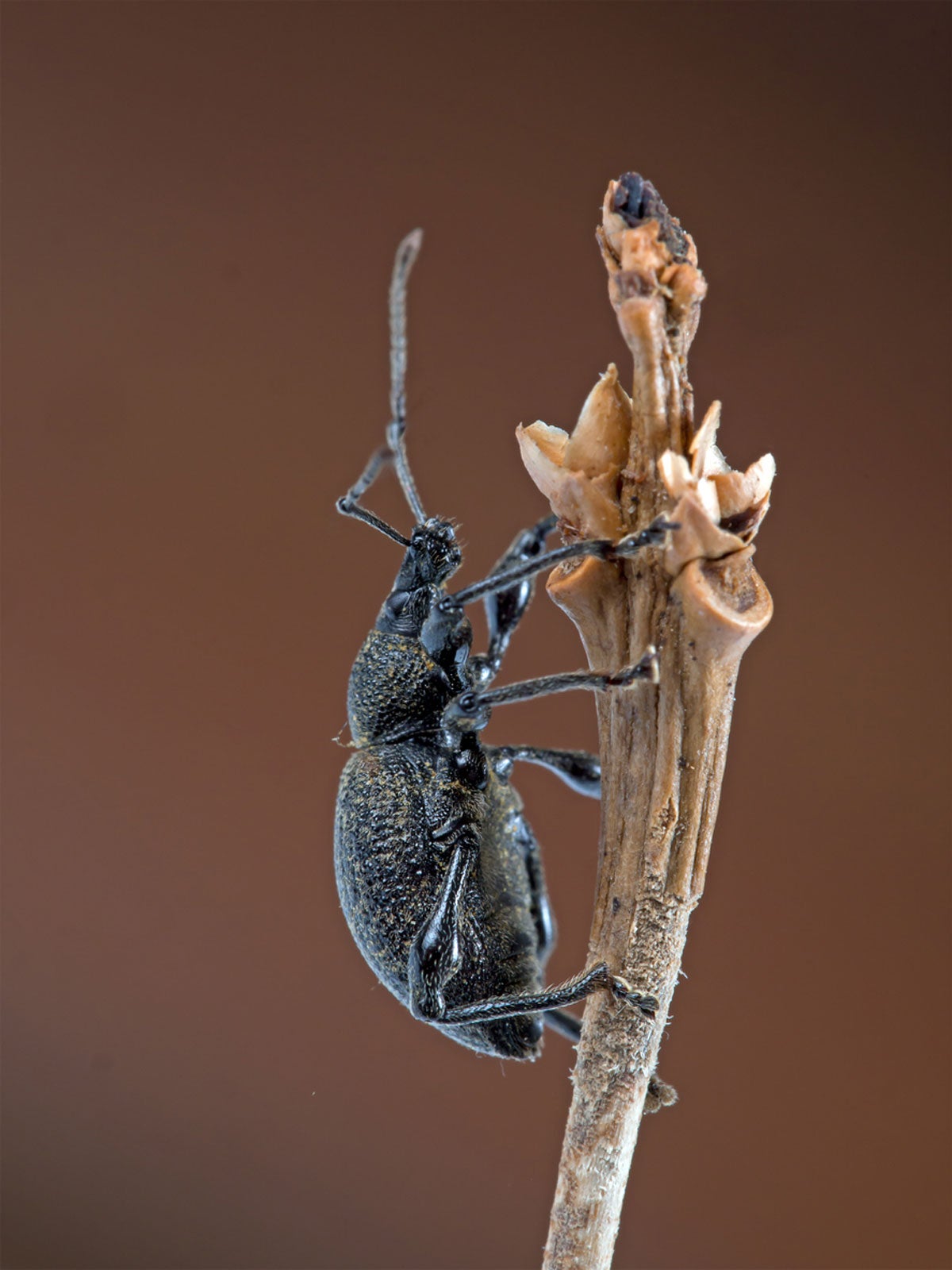 Holes In Camellia Leaves: Controlling Camellia Weevils And Beetles
Holes In Camellia Leaves: Controlling Camellia Weevils And BeetlesCamellias have gorgeous blooms but their beauty can be significantly marred by holes in camellia leaves. If your camellia plant has holes, it is most likely the result of the camellia vine weevil or cranberry rootworm beetle. Learn how to combat them here.
By Amy Grant
-
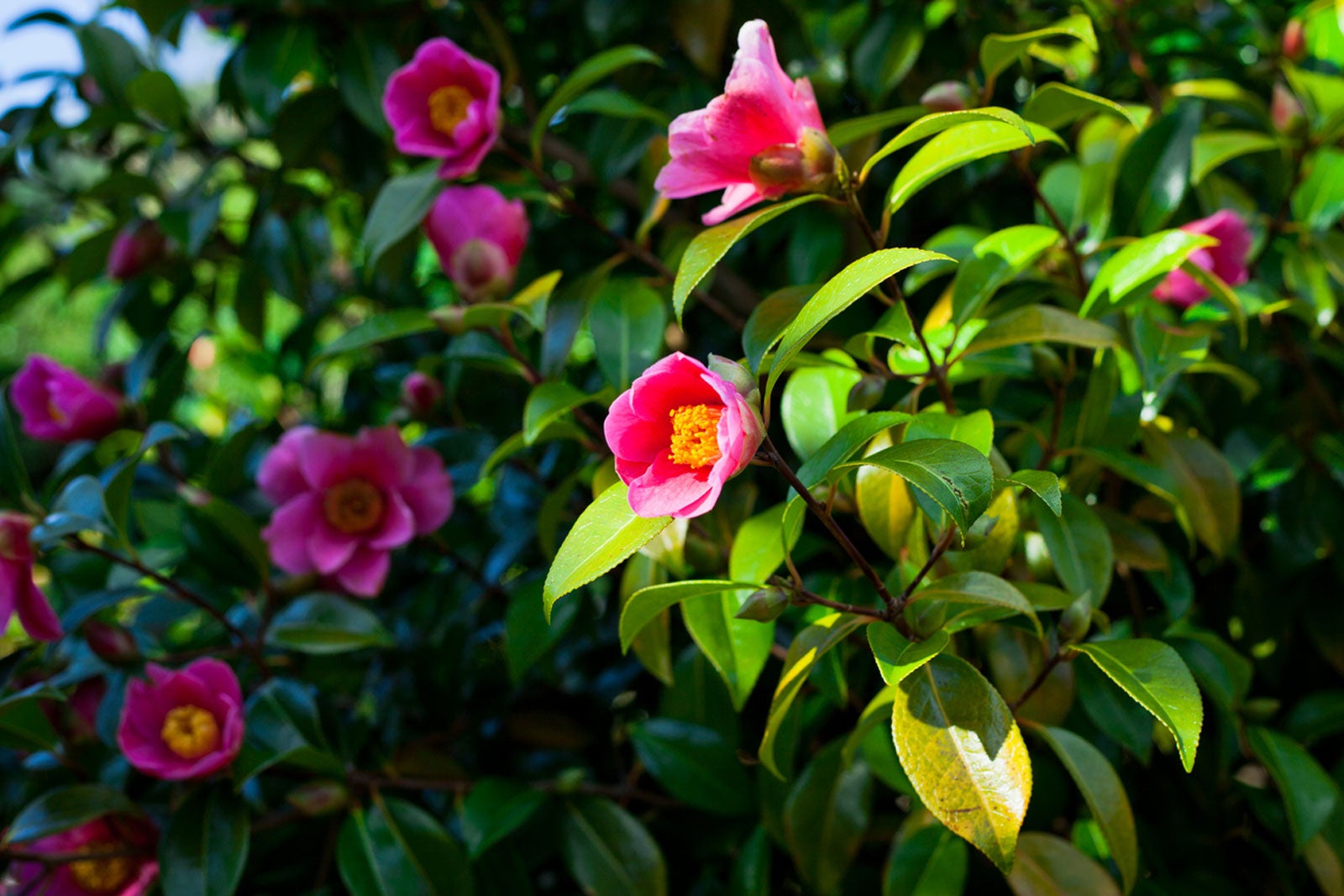 Camellia Companion Plants - What To Plant With Camellias
Camellia Companion Plants - What To Plant With CamelliasIf you’re wondering about suitable companions for camellias, keep in mind that while color and form are important, so too are growing habits. Many plants play nice with camellias, but others just aren’t compatible. Click here for tips on planting with camellias.
By Mary H. Dyer
-
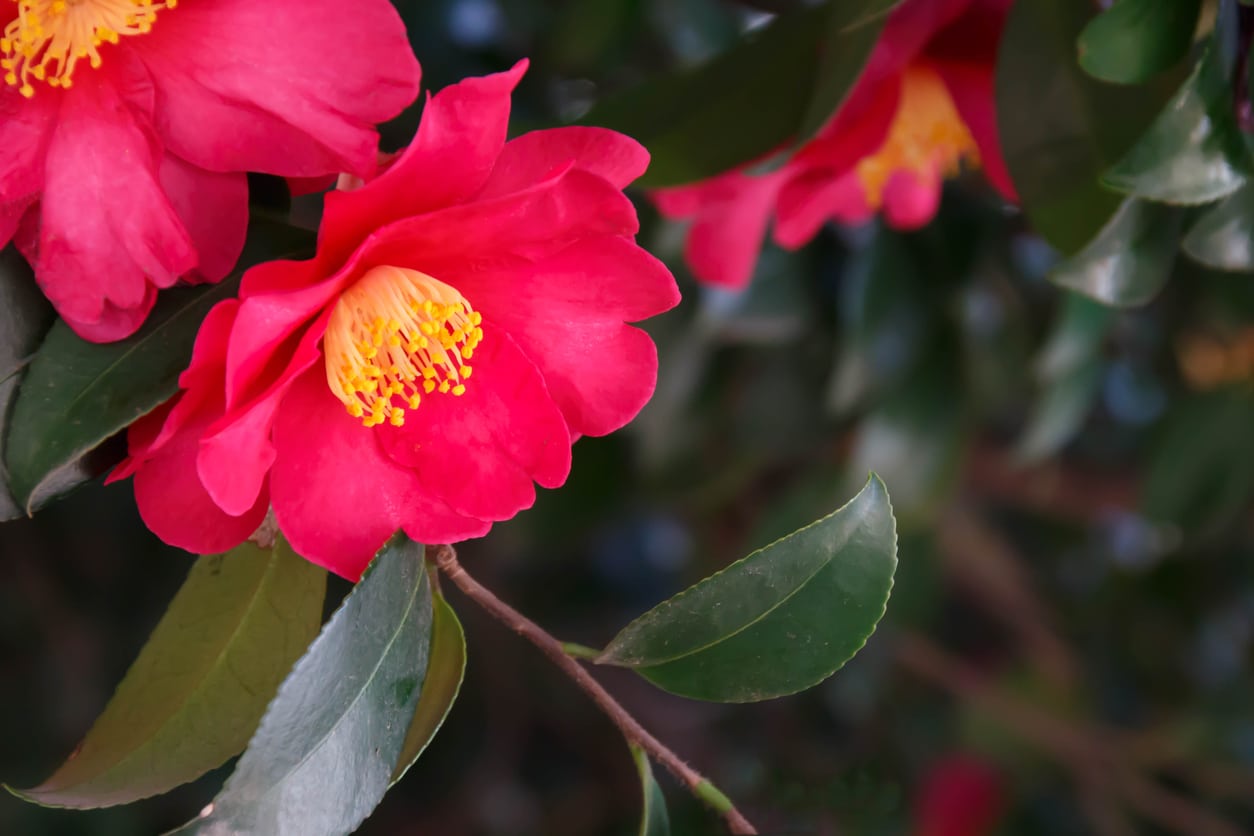 My Camellias Won't Bloom – Tips For Making Camellias Flower
My Camellias Won't Bloom – Tips For Making Camellias FlowerAlthough camellias are generally reliable bloomers, they can be stubborn at times. It?s frustrating, but sometimes, even healthy camellias won?t bloom. If you?re wondering how to make non-flowering camellia plants bloom, click here for more information.
By Mary H. Dyer
-
 Camellia Transplanting: Learn How To Transplant A Camellia Bush
Camellia Transplanting: Learn How To Transplant A Camellia BushIf your camellias outgrow their planting sites, you'll want to start thinking about transplanting camellias. Click here for information about camellia transplanting, including tips on how to transplant a camellia and when to move a camellia bush.
By Teo Spengler
-
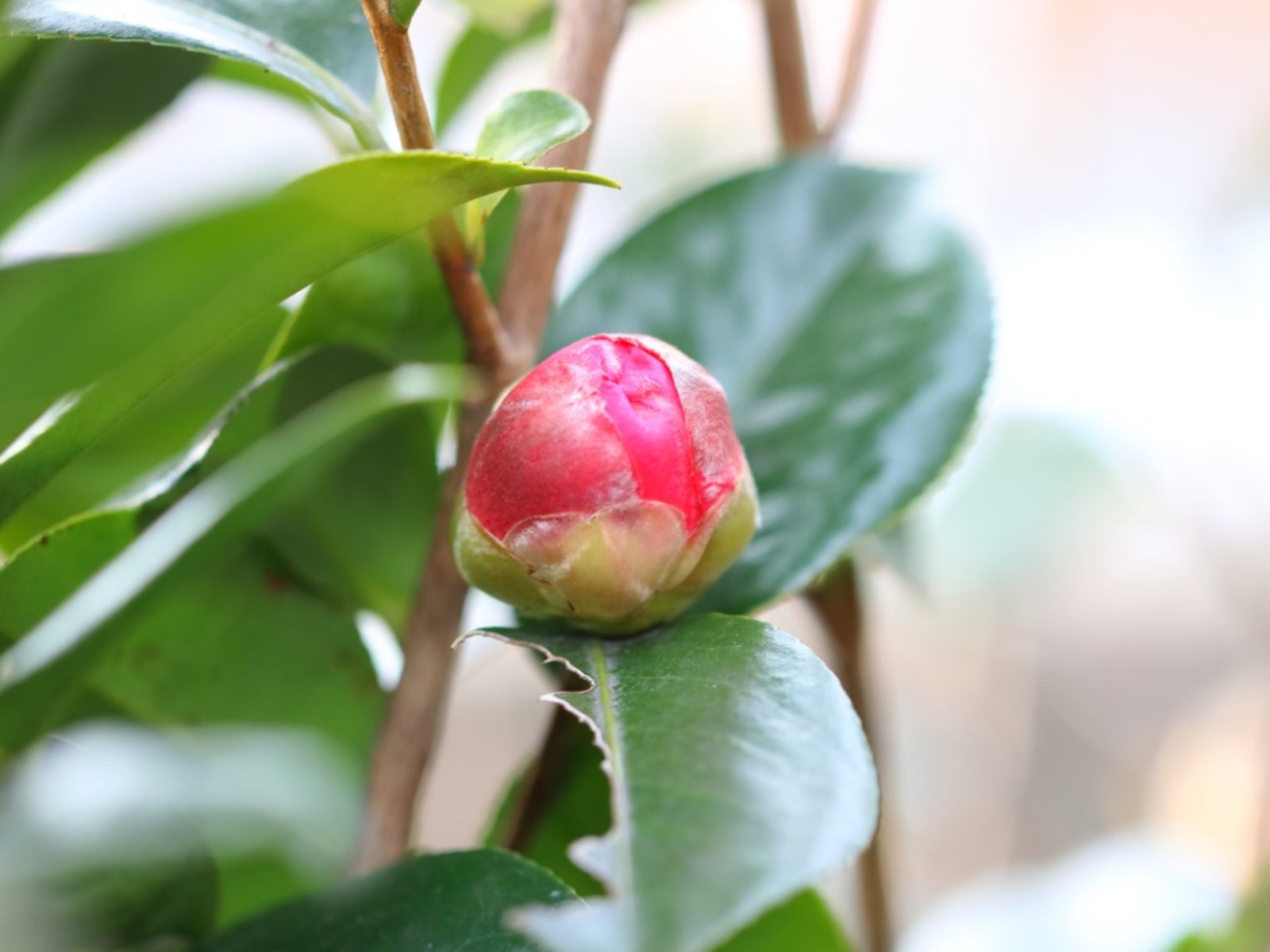 Tips On Treating Bud Mites On Camellias
Tips On Treating Bud Mites On CamelliasToday's camellias are easy-to-grow evergreen plants, as tough and rugged as they are beautiful. But that doesn't mean that camellia lovers shouldn't prepare for insect pests, like camellia bud mites. Click here for information about mites on camellia plants.
By Teo Spengler
-
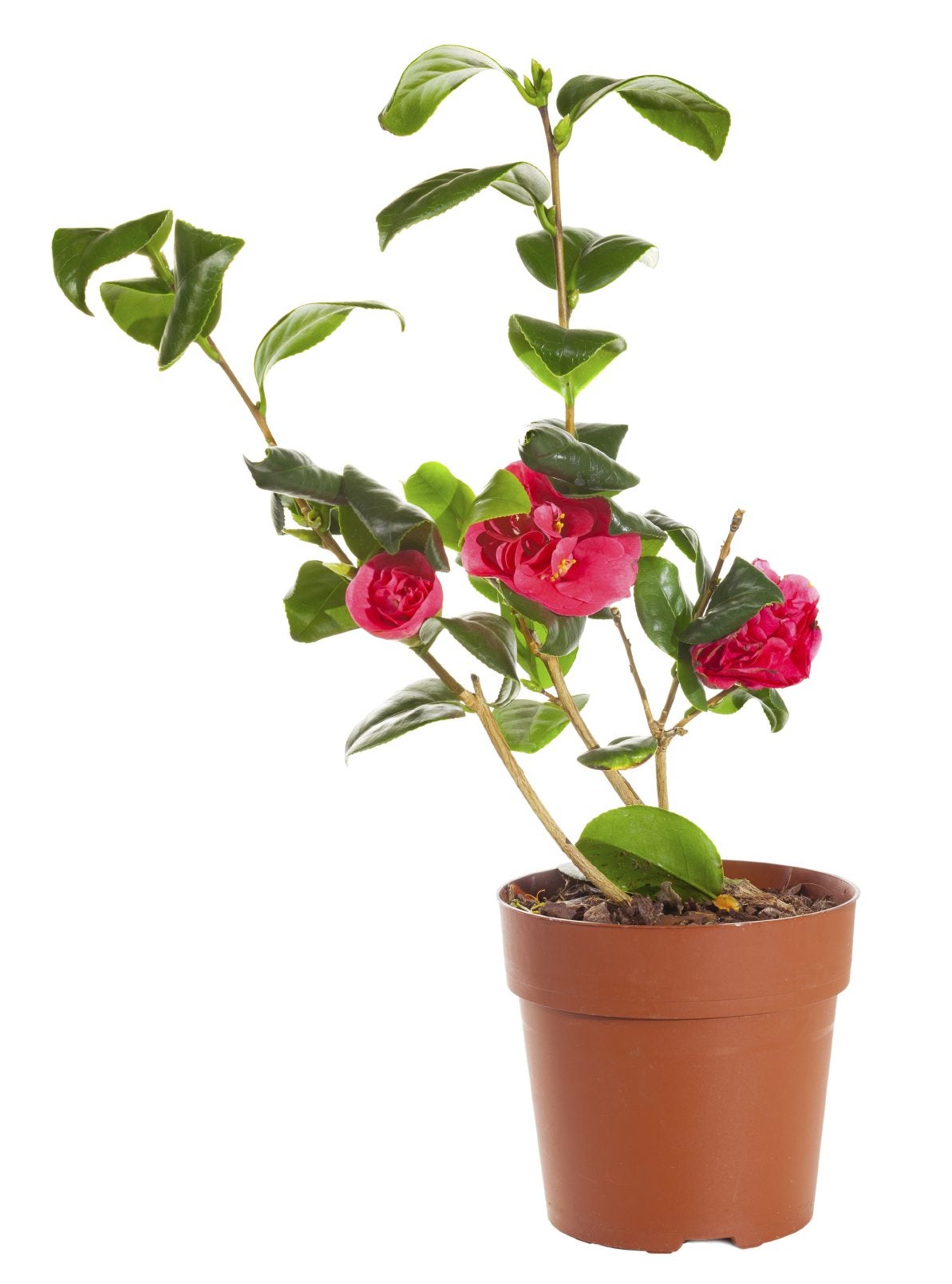 Camellia Container Care: How To Grow A Camellia In A Pot
Camellia Container Care: How To Grow A Camellia In A PotAlthough camellias can be somewhat picky about their growing conditions, container grown camellias are definitely possible. Learn how to grow a camellia in a pot using the information in the following article. Click here for more info.
By Mary H. Dyer